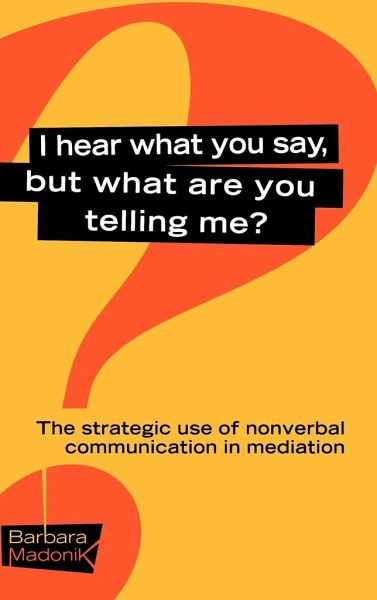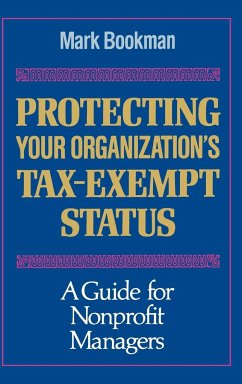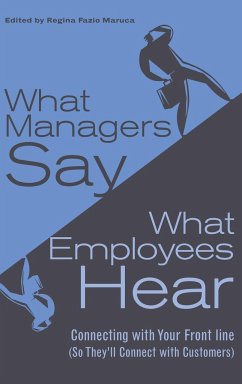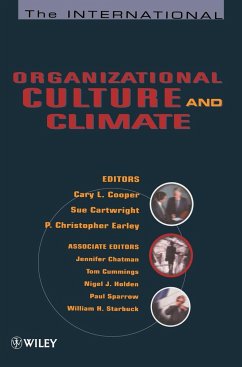
Hear What Say What Telling Me
Versandkostenfrei!
Versandfertig in über 4 Wochen
45,99 €
inkl. MwSt.

PAYBACK Punkte
23 °P sammeln!
It has been estimated that less than twenty percent of all human communication is expressed through words. This means that in order to get to the heart of what people are really saying we must have the ability to read the subtext of nonverbal communication. Yet mediators often lack the skills they need to analyze and utilize the rich meaning that is found in nonverbal communication. I Hear What You Say, But What Are You Telling Me? is a fascinating, original, and invaluable tool kit filled with practical information and techniques for mediators who want to use nonverbal communication to their ...
It has been estimated that less than twenty percent of all human communication is expressed through words. This means that in order to get to the heart of what people are really saying we must have the ability to read the subtext of nonverbal communication. Yet mediators often lack the skills they need to analyze and utilize the rich meaning that is found in nonverbal communication. I Hear What You Say, But What Are You Telling Me? is a fascinating, original, and invaluable tool kit filled with practical information and techniques for mediators who want to use nonverbal communication to their strategic advantage. Employing a proven process, Barbara Madonik-communication expert, mediator, and international consultant-reveals what it takes to understand, analyze, and utilize nonverbal communication to greatly enhance the mediation process. This step-by-step handbook teaches you how to tune all your senses into what is happening with parties and counsel during mediation and thereby greatly increase your ability to prepare for and facilitate the overall process. In this important resource, Madonik outlines her tested seven step process that reveals how to: 1. Prepare yourself and setup your working environment to increase your effectiveness as a mediator. 2. Maximize your initial telephone contact. 3. Manage the mediation environment so you can control it. 4. Assess the parties and create a useful profile of each person. 5. Engage each party to create powerful rapport and guide all parties to communicate with each other. 6. Trigger action that puts derailments back on track and builds momentum toward resolution. 7. Employ a variety of techniques to bring closure to the parties and the process. This practical guide will uncover the hidden meaning of conscious and other-than-conscious communication-body language, breathing, dress, speech patterns, and more-to help achieve a deeper understanding of a wide variety of conflicts, including employment, labor, commercial, consumer, family, community, and government disputes.












